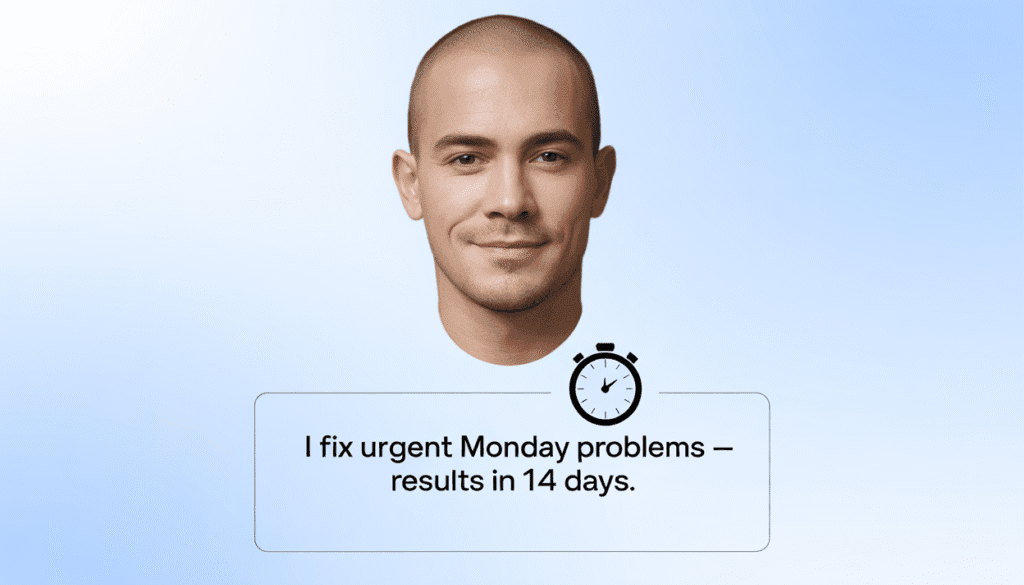How to Generate Qualified Leads on LinkedIn in Seven Days
Overview and why LinkedIn is the fastest route to quick income
LinkedIn can produce paying clients faster than most other platforms when you follow a focused, practical approach. It favors networked reach: your posts and comments are shown preferentially to people already connected to you, and to the people who engage with your activity. That means a well-placed comment or a smart connection strategy can expose you to thousands of relevant viewers in a short period.
The platform’s audience skews toward professionals and decision makers. If your aim is quick income, targeting people who hold budgets, hiring power, or influence produces faster returns than broadcasting to a broad consumer feed. The combination of a professional audience and algorithmic bias toward networked interactions makes LinkedIn well-suited to rapid lead generation when you use the right tactics.
It’s also low-cost. You don’t need fancy production or huge ad spend. A clear positioning, a credible profile image, disciplined outreach, and targeted engagement can move prospects into conversations and contracts within days.
Positioning statement that solves Monday morning problems

A positioning statement should show what you will solve for someone when they are most stressed or pressed for time. The most compelling framing is to center on a common work-week trigger: the Monday morning problem. Craft your headline and short pitch around that immediate need.
Define your ideal client
Start by choosing one clear target. If you’re unsure, pick a broad but actionable category: entrepreneur or working professional. Those two groupings capture most decision-makers you’ll meet on LinkedIn.
Refine from there when possible: industry, company size, role, or pain points. The person most likely to buy quickly is someone who feels the pain you fix and has the authority to sign a contract or request help this week.
Identify the Monday morning problem to lead with
Think about a typical Monday: plans made, expectations high, and then an unexpected problem appears. Staff shortages, a stalled sale, a sudden refund, a tech outage, or an urgent hire are all examples. These are short-term crises that often lead to immediate spending to fix them.
Describe that problem in plain language and make it front and center in your headline and opening sentences. If your messaging communicates, “I fix X when you need it now,” you will get attention from people who just experienced X.
Optimize visual branding for instant credibility
People process images faster than words. Your profile photo and headline create a split-second impression. Invest a small amount of time to make both communicate authority, clarity, and approachability.
Headline that states value not job title
Avoid repeating your job title. Instead, state the outcome you deliver. Replace “Founder” or “Consultant” with lines that read like a benefit: what you solve and for whom. Examples: “Help scaling teams fill mission-critical roles in 14 days” or “Turn stalled sales pipelines into closed business within a quarter.” Short, specific promises win.
Keep it scannable. The first few words matter most on small screens.
Profile photo recommendations and rating tools
Use a clean, well-lit headshot taken on a phone. Face the camera, smile genuinely, and dress in the way your clients expect. Avoid busy backgrounds and extreme filters.
There are free online tools that rate profile photos on clarity and professionalism. Aim to score in the higher range. If you lack a suitable image, a professional mobile snapshot or a conservative AI-enhanced image can work. Small improvements in photo quality lead to big gains in perceived credibility.
Map your existing network with trust stacking
Cold outreach is slow and painful. A better path is to find warm prospects in your own orbit. Trust stacking is the practice of surfacing shared signals—places, companies, schools, events—that make people feel familiar and more likely to connect.
Timeline exercise to surface warm prospects
Draw a horizontal timeline of your life and mark places you’ve worked, studied, lived, taken projects, or volunteered. Add any companies, colleges, languages, or communities you’ve intersected with. Each shared node is a potential opener for a connection.
This exercise reveals surprising ties: colleagues from early jobs, alumni, local community members, and past clients. People are more likely to respond when they see a familiar touchpoint.
Communities and shared signals to prioritize
Prioritize contacts who share multiple signals with you. Those are high-trust prospects. Look for group memberships, geographic overlap, shared employers, or mutual connections. When you reach out, mention the shared signal succinctly; that increases acceptance and starts conversations more naturally.
Reach out with non needy messages to start conversations
The first message after connection sets the tone. Avoid pitching or linking to content immediately. Instead, use a non-needy frame: brief, friendly, and supportive.
Purpose of the non needy frame
The goal is to create a comfortable context where the other person doesn’t feel pressured. Think of this as selecting a frame for a piece of art: the right frame makes the content look better and invites engagement. A non-needy frame signals confidence and respect for the other person’s time.
Simple message template and pitfalls to avoid
A compact message works best. Example template: “Hi Name, great to connect. I’m looking forward to learning about your work and will keep an eye out for your posts.” No ask. No link. No pitch.
Pitfalls: don’t follow a connection with immediate offers, long intros, or requests for time. Don’t assume they need your services. Avoid sending generic mass messages that feel scripted.
Create social proof with low effort listical posts
A few short, structured posts prove you’re active, human, and knowledgeable. List-based posts perform well because they are simple to scan, shareable, and algorithm-friendly.
Why listicles work for reach and trust
List-based content presents clear value in small bites. Readers can judge quickly whether they trust you and whether you understand practical tools or tactics. That sense of utility builds credibility faster than long personal stories or dense thought pieces.
Quick workflow to produce and publish
Pick a specific topic relevant to your target client: “Top 8 tools to speed hiring” or “5 ways to recover a stalled deal.” Use a simple app or text editor to format a numbered list, add short captions under each item, and publish with a single image or plain background. One post can live for weeks and attract views and engagement.
Leverage LinkedIn commenting to access large audiences

Commenting on posts from larger accounts is one of the fastest ways to access big, relevant audiences without building your own following first.
Targeting big influencers and micro creators
Two target pools work well. First, influencers with 100,000+ followers reach large audiences where a strong comment can be seen by thousands. Second, smaller creators with 1,000–5,000 followers often appreciate engagement and notice new supporters, which can convert into conversations and referrals.
Find these creators by searching keywords your ideal client would follow. Set notifications for their posts and aim to be an early, thoughtful commenter.
Comment types that convert to conversations
Two comment styles are most effective. Short motivational comments invite others to engage and raise your visibility. Longer value comments add practical tips without contradicting the original post. Start by acknowledging the poster, then add your concise advice or an example. Comments that help readers immediately are the ones people will click through to learn more about you.
Seven day action plan and recommended tools
A focused week of tasks brings momentum. Each day has a priority.
Day 1: Finalize a positioning statement focusing on a Monday morning problem.
Day 2: Update headline and upload a rated profile photo.
Day 3: Complete the timeline exercise and shortlist warm prospects.
Day 4: Send connection requests to 20-30 people from your timeline.
Day 5: Publish one listical post relevant to your niche.
Day 6: Begin commenting on five posts from large accounts and five from micro creators.
Day 7: Follow up with non-needy messages to new connections and track responses.
Daily outcomes: more connection acceptances, several meaningful comments, a growing feed audience, and initial direct conversations that can become inquiries.
Tools, automation caveats, and next steps
Use simple design and formatting apps for posts, profile photo rating tools for images, and spreadsheet templates to track prospects. Avoid over-reliance on third-party automation for outreach; those tools can speed tasks but risk damaging your reputation if messages become impersonal or intrusive. Prioritize authentic engagement.
After the first week, double down on the activities that produced conversations. Turn conversations into short discovery calls, and convert calls into fast, practical offers that fix immediate Monday morning problems. Repeat the sequence and refine your messaging as you collect real feedback.
Following this plan produces momentum quickly. With consistent execution, you can tap your existing network, build credibility fast, and generate paying work within days.




